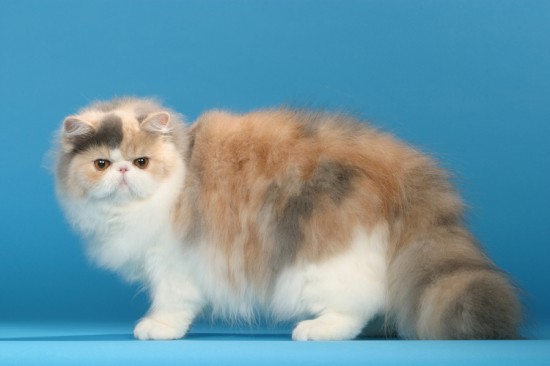
For hundreds of years, mice have raided kitchens and pantries. They are such cute, small creatures that nursery rhymes and children’s books have been written about them. Unfortunately, mice are not welcome additions in most household kitchens and pantries.
In 1895, John Mast invented the first spring loaded snap-trap in Lancaster, Pennsylvania. Mr. Mast’s snap-trap wasn’t the first device created to kill mice. Others had created similar contraptions, but Mr. Mast’s trap did not catch the long skirt hems ladies wore in the late 1800s.
Mr. Mast’s trap was a relatively simple design. It lured the mouse with a small amount of food on a pedal. The pedal was set with a small spring-loaded striker that would snap within three milliseconds when the mouse took the bait. The worst problem with these traps was the disposal of the rodent’s body afterward. A similar mousetrap was designed by British inventor James Henry Atkinson in 1897. Mr. Atkinson’s trap was named the “Little Nipper.”
Some other trap designs included drowning, capturing, smashing, cutting or otherwise maiming the mice. In the early 20th century, electrocution was considered and used by some. Electrocution was not a good alternative to other types of traps because the mouse would remain attached to the device until someone smelled it burning.
The glue trap came out in the 1980s and was quite effective at capturing mice. The idea behind this type of trap was that the mouse stepped onto the cardboard and became glued to it immediately. The biggest downfall with these traps was that until the mouse died, it was stuck to the cardboard, possibly thrashing and squeaking while dying of exhaustion.
A Cleaner, More Humane Trap
In 1924, another trap was designed by a school janitor who noticed a mouse infestation in the school where he worked. He knew the infestation was getting out of control and used his free time to build the first humane mousetrap in his garage. The device would trap mice inside without killing them. The mice could be released elsewhere and the trap reset to capture more mice. Mr. Kness’ mouse trap was called the “Ketch-All Multiple Catch Mousetrap.” The Ketch-All trap is now produced by Kness Manufacturing in Albia, Iowa. The company produces plastic and metal Catch-All traps, as well as snap-traps.
More than 4,400 mousetrap patents have been issued to date. Nearly 400 more patents are applied for each year. Most of today’s newer designs are humane alternatives. The primary message some try to extend to users is that the mouse does not have to die a painful death to be removed. Traps that don’t use bait, don’t kill the mouse and do not make a mess are much more appealing in today’s market.
Animal lovers and environmentalists agree that a more humane approach to rodent control is the best option. Consumers need not worry that their household pet or small child will be harmed as they could with snap-traps. Catch-and-release style traps are less dangerous, less messy and much more humane than snap-traps or glue traps.
Manny Leger is your average animal lover. After a horrible experience involving a mouse caught in a glue trap, He decided to come up with a better way to get rid of mice in a humane way. One year later, his mouse trap was done.
 The Aidi - A Smart, Courageous Dog Native To Morocco
The Aidi - A Sma
The Aidi - A Smart, Courageous Dog Native To Morocco
The Aidi - A Sma
 Pedigree Cats Exposed - Could Cats Be Next Under The Spotlight?
Pedigree Cats Exp
Pedigree Cats Exposed - Could Cats Be Next Under The Spotlight?
Pedigree Cats Exp
 Dogs And Children
Dogs And Children
Dogs And Children
Dogs And Children
 What are the active ingredients of Frontline plus
Frontline plus is symbolized as a top medication for flea an
What are the active ingredients of Frontline plus
Frontline plus is symbolized as a top medication for flea an
 Weird, Wonderful But Sometimes Dangerous Things Dogs Swallow
Weird, Wonderful
Weird, Wonderful But Sometimes Dangerous Things Dogs Swallow
Weird, Wonderful
Copyright © 2005-2016 Pet Information All Rights Reserved
Contact us: www162date@outlook.com